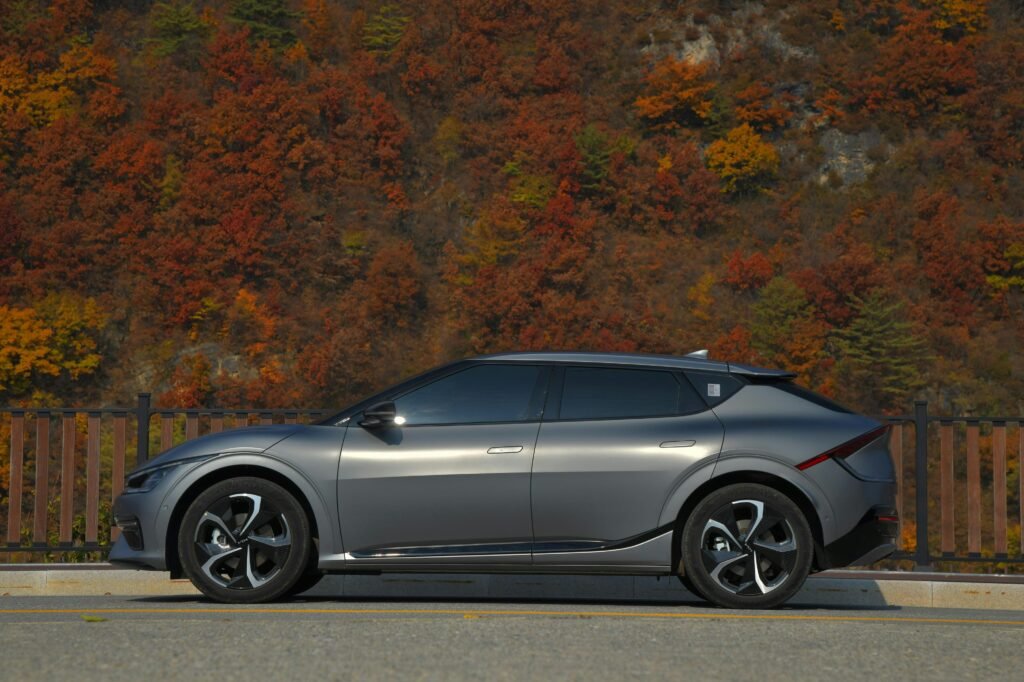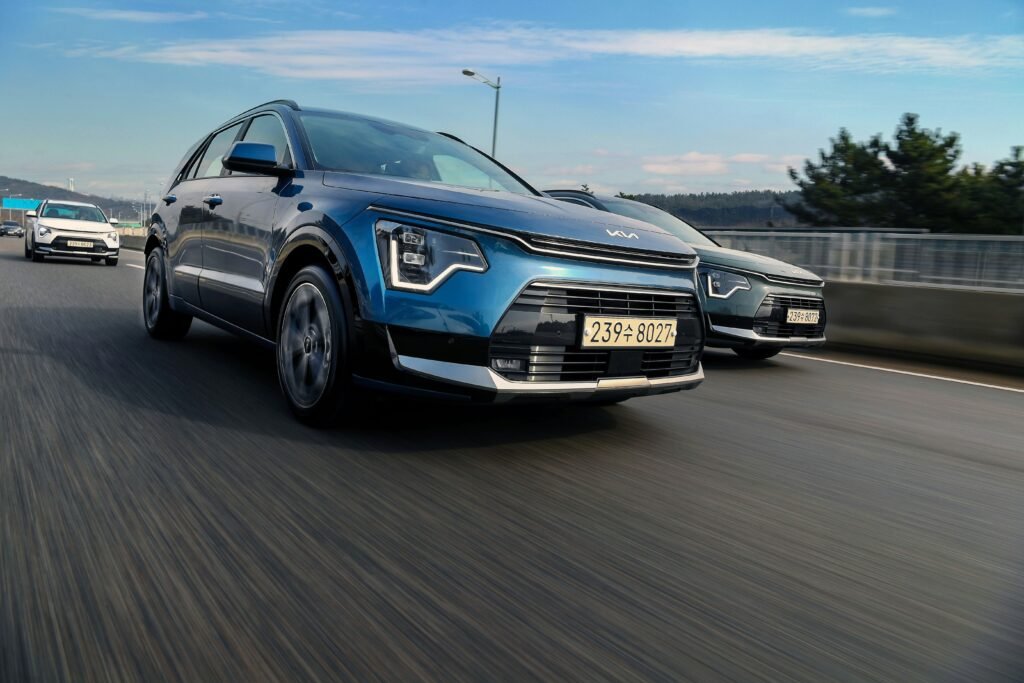Picture this: you’re about to head out, but there’s a twist – your electric car won’t start. Seems like it has officially joined the dead battery club. Now what? “Moving a Dead Electric Car: Tips and Techniques” is your go-to guide for navigating this tricky situation. Instead of scratching your head and wondering what to do next, you’ll find out how to move your immobile vehicle safely and efficiently. Whether it’s figuring out the best way to push it without causing harm or knowing who to call for help, this article has got your back. So, take a deep breath, and let’s tackle this together.

Understanding the Challenge
Moving a dead electric car is not exactly a piece of cake. Whether it’s due to a drained battery or a technical fault, the situation demands careful handling unlike the more familiar realm of combustible engines. Let’s dive into the nuances of transporting electric vehicles (EVs), highlighting potential challenges and how they diverge from conventional cars.
Differences between electric and conventional cars in towing scenarios
Firstly, you’ve probably noticed that electric and conventional cars are like apples and oranges in many ways. This distinction extends to towing scenarios as well. Electric cars are generally heavier due to their batteries, which can affect how they’re towed. Plus, their reliance on electric power means that towing methods which involve rolling the car on its own wheels (like using a dolly) might not be advisable due to the potential for generating electricity and causing damage.
Safety concerns when moving a dead electric car
Safety first, right? Moving a dead electric car packs its own set of concerns. The risk of electric shock is not to be underestimated. If the car is damaged, there’s also the possibility of chemical leaks from the battery. These are hazards you don’t usually face with conventional vehicles.
Potential damage risks during transportation
The potential for damage during transportation is another pressing concern. Improper towing can damage the EV’s battery, its electric drivetrain, or even the body and chassis if not properly secured. Understanding these risks is crucial for a smooth transportation process.
Preparation for Moving
So, you’ve got a dead electric car on your hands. What’s next? Preparation is key.
Ensuring the vehicle is in neutral mode
First, make sure your EV is in neutral mode. This might seem straightforward, but electric cars often have different systems compared to traditional cars. You’ll want to consult the manual to ensure you’re not missing a crucial step.
Disconnecting the power supply safely
Safety always comes first. Disconnecting the power supply (if possible and safe to do) can mitigate risks. This step might require some technical know-how or guidance from your vehicle’s manual or an expert.
Checking the manual for specific towing instructions
Never underestimate the value of the owner’s manual. It can offer specific instructions for towing your model of EV. These instructions can include how to put your vehicle into neutral, how to safely disconnect power, and preferred methods of towing.
Choosing the Right Towing Equipment
With preparation out of the way, it’s time to choose your tools.
Flatbed tow trucks vs. dolly tow trucks
For electric cars, flatbed tow trucks are generally the safer bet. They avoid the need for the EV’s wheels to touch the ground, reducing risks. Dolly tow trucks, on the other hand, are less ideal due to the aforementioned reasons related to electric generation and potential damage.
Importance of using appropriate towing straps
Choosing the right towing straps can prevent damage to your EV. Ensure they’re of high quality and appropriate for the weight and securing points of your vehicle. This is not a corner to cut.
Securing the vehicle correctly on the towing equipment
Securing your EV correctly can prevent a world of distress. Follow the guidelines for proper securing points on the vehicle and make sure it’s snugly attached to the tow truck or flatbed. This minimizes movement that could lead to damage.
Electronic Parking Brake Challenges
Ah, the electronic parking brake – convenient until you need to tow.
Releasing the electronic parking brake manually
Some EVs allow for manual release of the electronic parking brake. Again, your manual is your friend here, providing the how-to for this operation.
Using towing mode if available
Some modern EVs come equipped with a towing mode, specifically designed for such scenarios. Activating this feature can simplify the process, so check if your car has this option.
What to do if the electronic parking brake won’t disengage
If all else fails and the brake won’t release, it’s time to call in the professionals. Don’t risk damage by trying to force it.

Jump Starting the Car
Sometimes, a simple jump start might be all you need.
When jump starting an electric car is an option
For electric cars, jump starting typically refers to giving the 12V auxiliary battery a boost, not the main drive battery. This can sometimes be enough to get the electronic systems back online.
Safety tips while jump starting
Always follow safety protocols, like ensuring the cables are correctly connected and avoiding touching metal parts with the clamps. Also, refer to your manual for any specific instructions.
Why jump starting might not work for some electric cars
Remember, jump starting won’t fix a depleted main battery or technical faults within the EV’s systems. It’s a temporary fix for certain situations, not a cure-all.
Contacting Professional Services
Sometimes, it’s best to recognize when you’re in over your head.
When to call a professional towing service
If you’re unsure about any step, if the EV has significant damage, or if specialized equipment is needed, calling a professional towing service is the wisest move.
What information to provide the towing service
When you call, provide specific details about your vehicle – its make, model, condition, and your location. If your car has specific towing instructions, mention those too.
Ensuring the service is experienced with electric vehicles
Make sure the towing service has experience with electric vehicles. Not all do, and the last thing you want is your EV being mishandled due to a lack of knowledge.

Regulatory Compliance and Legal Considerations
Don’t forget about the paperwork and legal stuff.
Understanding local laws regarding towing vehicles
Laws and regulations about towing vehicles can vary widely. Ensure you’re not inadvertently breaking the law by understanding the local regulations.
Insurance implications of moving a dead electric car
Check with your insurance provider about coverage for towing and any potential damage. You’ll sleep better knowing the details.
Liabilities in case of damage during towing
Be clear on who’s liable if damage occurs during towing. This can influence your choice of towing service and how you approach the situation.
Alternative Transportation Methods
Sometimes, the best method isn’t the most obvious one.
Using skates or wheel dollies
For short distances or specific situations, skates or wheel dollies under the EV’s tires can be a practical solution. They allow for movement without the risks associated with traditional towing.
Employing a trailer for safe transfer
Using a trailer can be a safer option for transporting your EV, especially over longer distances. It offers the benefits of a flatbed tow truck but on your terms.
Considerations for long-distance transportation
Long-distance transportation demands careful planning. Considerations include the route, potential charging stops (if the EV becomes operable), and overnight storage.
Recommended Safety Practices
Safety should always be your north star.
Wearing appropriate safety gear
When handling a dead electric car, wearing gloves and safety glasses can protect you from unexpected hazards.
Ensuring clear communication among all parties involved
Whether it’s with family members or towing professionals, clear communication is key to a successful move. Ensure everyone knows their role and the plan.
Setting up a safe route plan to avoid accidents
Planning the towing route with safety in mind can prevent accidents. Consider traffic patterns, road conditions, and the capabilities of your towing equipment.
Learning from the Experience
Every challenge is a learning opportunity.
Recording the challenges and solutions encountered
Keep a record of what went right and what could have been better. This can be invaluable for yourself or others in the future.
Improving readiness for future incidences
Use your experience to improve your preparedness for future events. Whether it’s keeping equipment on hand or knowing who to call, being prepared is half the battle.
Educating others on the lessons learned from moving a dead electric car
Share your knowledge and experiences with others. Whether through social media, blogs, or casual conversation, your insights could help someone else in a similar situation.
Moving a dead electric car can seem daunting at first. But with the right knowledge, preparation, and approach, you can navigate the challenge successfully. Remember, safety and caution are your best guides through the process. And who knows? Your experience could light the way for others.
